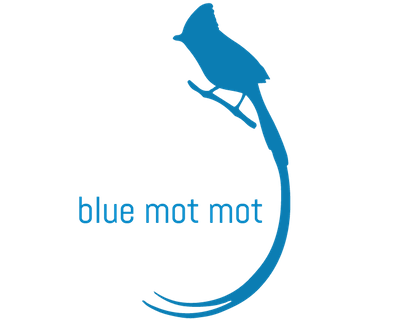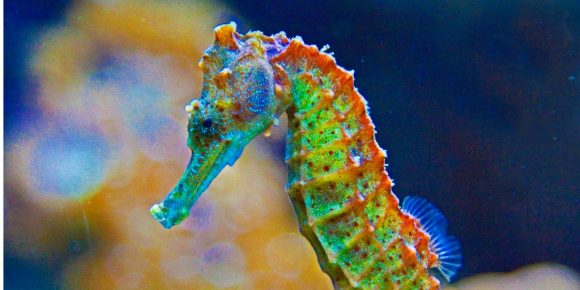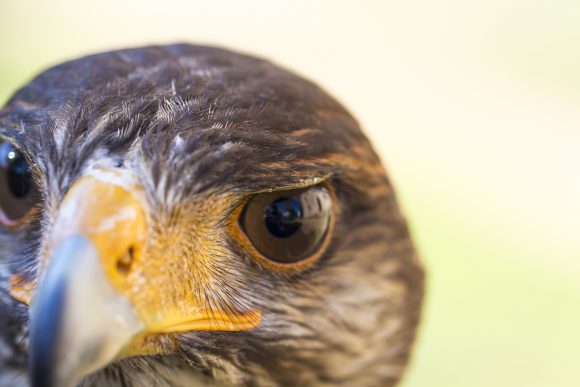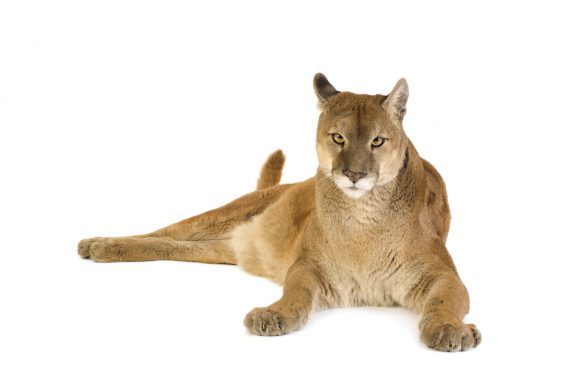I can’t think of a happier note for a Christmas Day post than the re-discovery of not one, but two species of animals once thought extinct.
In Australia, there’s the crest-tailed mulgara, a small carnivorous marsupial long thought extinct. It has recently been re-discovered in Sturt National Park, which is located near the center of Australia. Next year, the park had already been planning on starting to eradicate imported predators like rabbits and cats; this program now benefits from the new discovery’s extra energy jolt.
Meanwhile, almost 5,000 miles away, the Oriental blue clearwing, a blue-and-white clearwing moth that pretends to be a bee has been re-discovered in the Taman Negara National Park in Malaysia.
“You think about moths and you envision a grey, hairy insect that is attracted to light,” said Marta Skowron Volponi, a Ph.D. student at the University of Gdansk, co-founder of the ClearWing Foundation for Biodiversity and lead author of the paper. “But this species is dramatically different—it is beautiful, shiny blue in sunlight and it comes out during the day; and it is a master of disguise, mimicking bees on multiple levels and even hanging out with them.”
Among other things, these amazing re-discoveries show beyond a shadow of a doubt the importance of national parks. How many wonders might there be in these parks, hiding and waiting for the right time to emerge?





